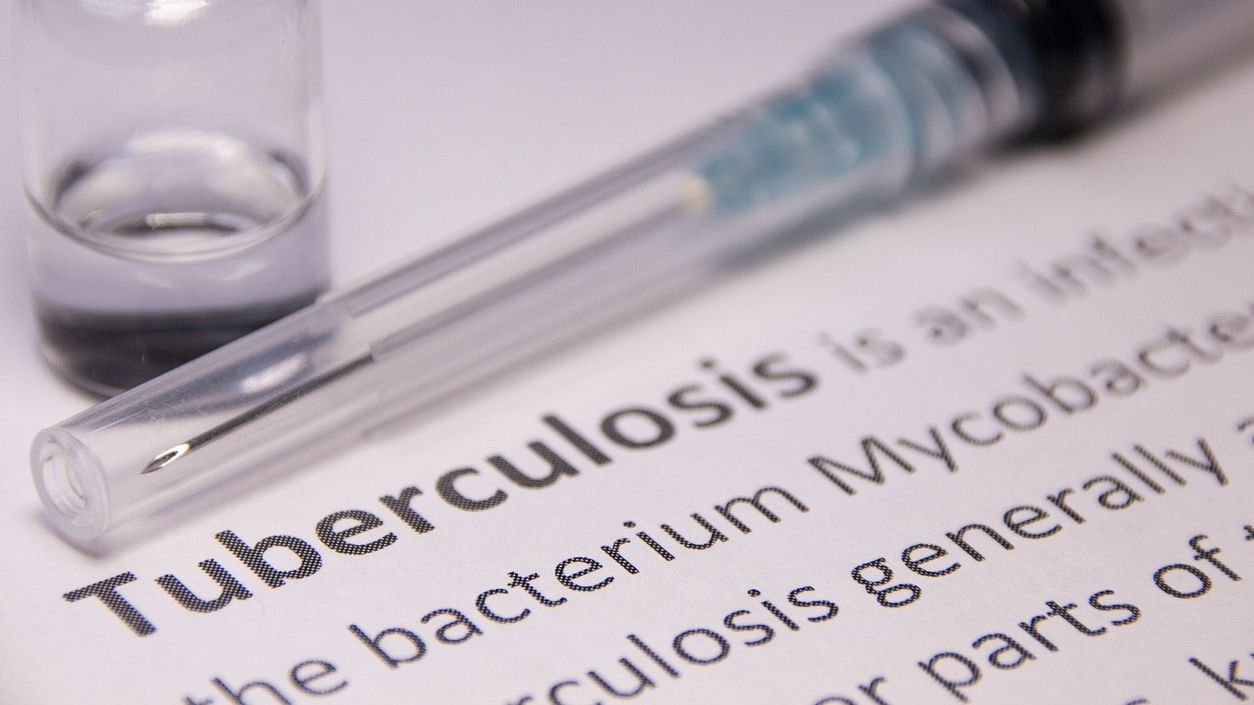
Image showing a vial, a syringe, and document with the word 'tuberculosis'.
Credit: iStock Photo
New Delhi: Nearly 20 months after a recommendation by the World Health Organization (WHO), India has finally begun to take steps for introducing an advanced, short-term treatment regimen to tackle multi-drug resistant tuberculosis, hoping for a quick remission for thousands of such drug resistant patients.
Known as BPal, the new treatment regime involves use of three medicines—Bedaquiline, Pretomanid and Linezolid—with 89 per cent success rate within six months. The standard care, on the other hand, takes 18 months with a 52 per cent success rate.
“India is getting ready to roll out the BPaL regimen for all MDR and XDR-TB patients. The training (of health workers) begins this month. This should improve treatment outcomes and help thousands of patients,” Soumya Swaminathan, principal advisor at the Union Health Ministry’s National TB Elimination programme said in a social media post.
Swaminathan, a former Chief Scientist at the WHO, said scaling up the NAAT coverage for detecting the MDR- and XDR-patients will be an essential element of the strategy.
As of December 2023, there are 6,196 Nucleic Acid Amplification Test (NAAT) machines to cover all districts, besides 91 Line Probe Assays and 69 liquid culture testing laboratories for diagnosis of multi-drug resistant TB cases.
According to the WHO’s Global TB Report 2023, India has the highest drug-resistant TB burden in the world, with an estimated 110,000 new cases emerging annually.
Uttar Pradesh, Maharashtra, Madhya Pradesh, Bihar, Delhi, Gujarat and West Bengal are some of the states with a large number of officially recorded drug resistant TB patients, but doctors fear that many such patients may have been escaping the surveillance net.
The BPaL regimen, which received recommendations from the US Food and Drug Administration (FDA) in 2019 and from the WHO in 2022, has already been rolled out in over 70 countries, including South Africa, Ukraine, Indonesia, Pakistan, Afghanistan, Philippines, and Vietnam.
Patient advocacy groups and healthcare professionals have been urging the government for a long time to prioritise its implementation because of the country’s high patient load.
"Our TB patients have been suffering for far too long due to the gruelling and lengthy treatment regimens. The BPaL regime promises a chance for a better quality of life. We urge the Indian government to prioritize its rollout to help us achieve the End TB goals by 2025,” Blessina Kumar from Global Coalition of TB Advocates had stated last year.
“Studies estimate an annual global savings of $740 million due to the adoption of this regimen. Given that India accounts for a third of the global MDR/RR-TB treated patients, this could translate to savings of nearly $250 million per year for our country. Beyond the economic benefits, we cannot ignore the improved quality of life it promises to TB patients,” added Kumar.
